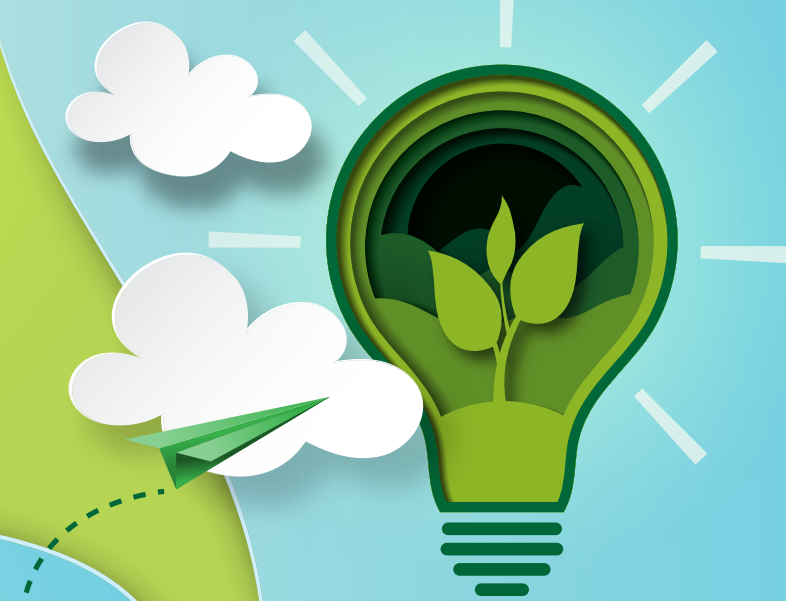Taming global warming: Light at the end of the tunnel as Ozone layer recovery on track

A recent report by the UN concluded that the Ozone layer is on track to recovery. This is a plausible milestone that has been made possible by all the sustainability enthusiasts who have been tirelessly spreading the gospel on climate change and the need for climate action. The Ozone layer shields humans against the harmful ultraviolet rays of the sun that warm the earth atmosphere and adversely affect human health.
When COVID-19 hit, the economy slowed down and the greenhouse effect seemed to be managed. It clearly showed that human activities play a significant role in climate change. The 2016 agreement, known as the Kigali Amendment to the Montreal Protocol, requires a phase-down of the production and consumption of many hydrofluorocarbons (HFCs). While this has taken time to be fully mature, the pandemic laid bare the truth of how uncontrolled production has been a limiting factor in securing a safe planet for inhabitation.
While the effects of climate change continue to be felt across the continents, the report ought to encourage us rather than make us lax in our ways. Economies are getting back on track after a hiatus caused by the pandemic and the Russo-Ukrainian war and most companies are on their toes to make up for the loss eaten away by the mishaps.
This is the time to embrace safe mechanisms that will guarantee a safe future and not sabotage efforts to fully heal the ozone as we get back to profit-making ways. The UN has well-laid-out Sustainable Development Goals (SDGs) that capture vital areas in the economy. Further, Sustainability Reporting has been encouraged in order to measure steps and achievements made by different companies in ensuring their efforts are making an impact, and encouraging more people to board the sustainability wagon.
According to a group of experts, including many from the World Meteorological Organization (WMO), United Nations Environment Programme (UNEP), the US National Oceanic and Atmospheric Administration (NOAA), the US National Aeronautics and Space Administration (NASA), and European Union, if present policies are followed, it is anticipated that the ozone layer will return to 1980 levels (before the ozone hole appeared) by 2066 over the Antarctic, 2045 over the Arctic, and 2040 for the rest of the planet. Particularly between 2019 and 2021, changes in the Antarctic ozone hole’s extent were mostly caused by weather. But since 2000, the size and depth of the Antarctic ozone hole have been gradually increasing.
The ball is now in our court. We have already witnessed the effects of climate change. We owe the future generation a better planet than the way it is now. Let’s act in unison and ensure we are part of the group that saved the earth from our own making.

